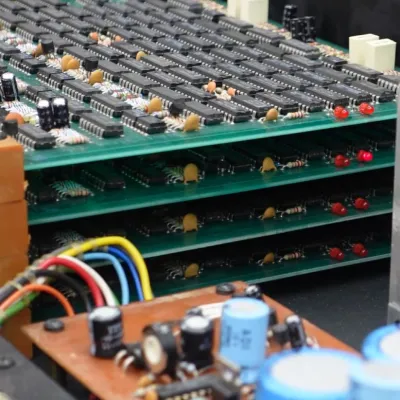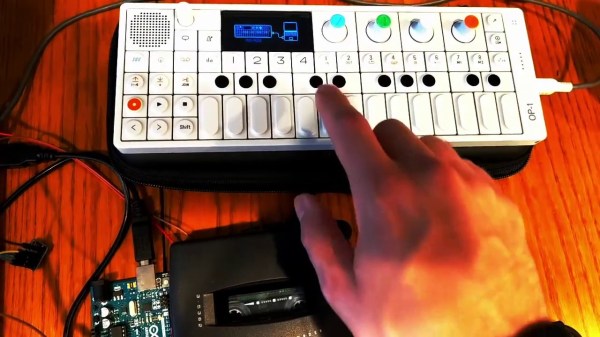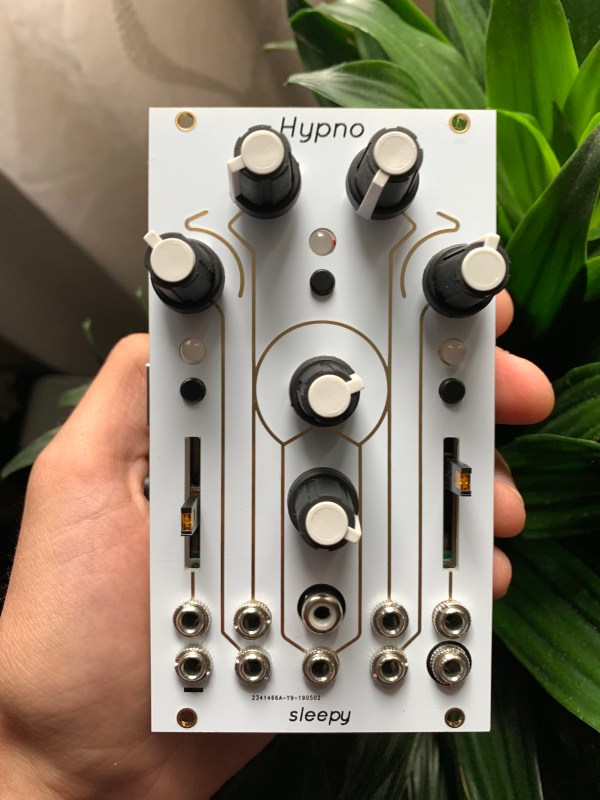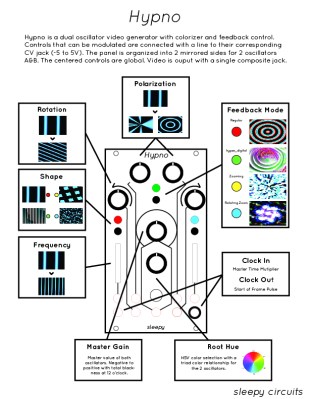The Hurdy-Gurdy continues to worm its way into pole position as the hacker’s instrument. How else could you explain a medieval wheel fiddle being turned into a synthesizer? Move over, keytar — [Rory Scammell]’s Balfolk Boombox is the real deal.
It began life as MIDI-outputting SAMgurdy by [Sam Palmer], which we sadly missed covering (though we did feature a MIDI-gurdy a few years back) but this boombox does far more than just MIDI samples. In a sentence no one ever thought would be penned, this instrument puts a Eurorack on a Hurdy-Gurdy for the ultimate synthwave bardcore mashup. There’s an analog synth, there’s a drum machine, there’s modularity to do whatever [Rory] should desire. There are also sixteen sampled instruments available at the push of a button, including multiple analog Hurdy-Gurdies.
It is, as [Rory] says, “a gig in a box”. There’s no point trying to describe it all in words: it really must be heard to be believed, so check out the demo video embedded below, and if you’re hankering for more info, he produced a fifteen minute in-depth video and if you can’t get enough of the sound, here’s a demo with all 16 sampled instruments. We’re pretty sure one of them is the Sega soundfont, and the 8-bit samples are absolutely GameBoy.
How, exactly, we fell in love with the hurdy-gurdy has fallen into mystery, but we’ve been filling up the hurdy-gurdy tag lately, on your suggestions. This one is thanks to a tip from [Physics Dude] in a comment– thanks for that, by the way– and the tips line remains open if the internet has not finally been scoured of all content both hurdy and gurdy.
Continue reading “Hurdy-posting Continues With The Balfolk Boombox, A Synth Gurdy”






















